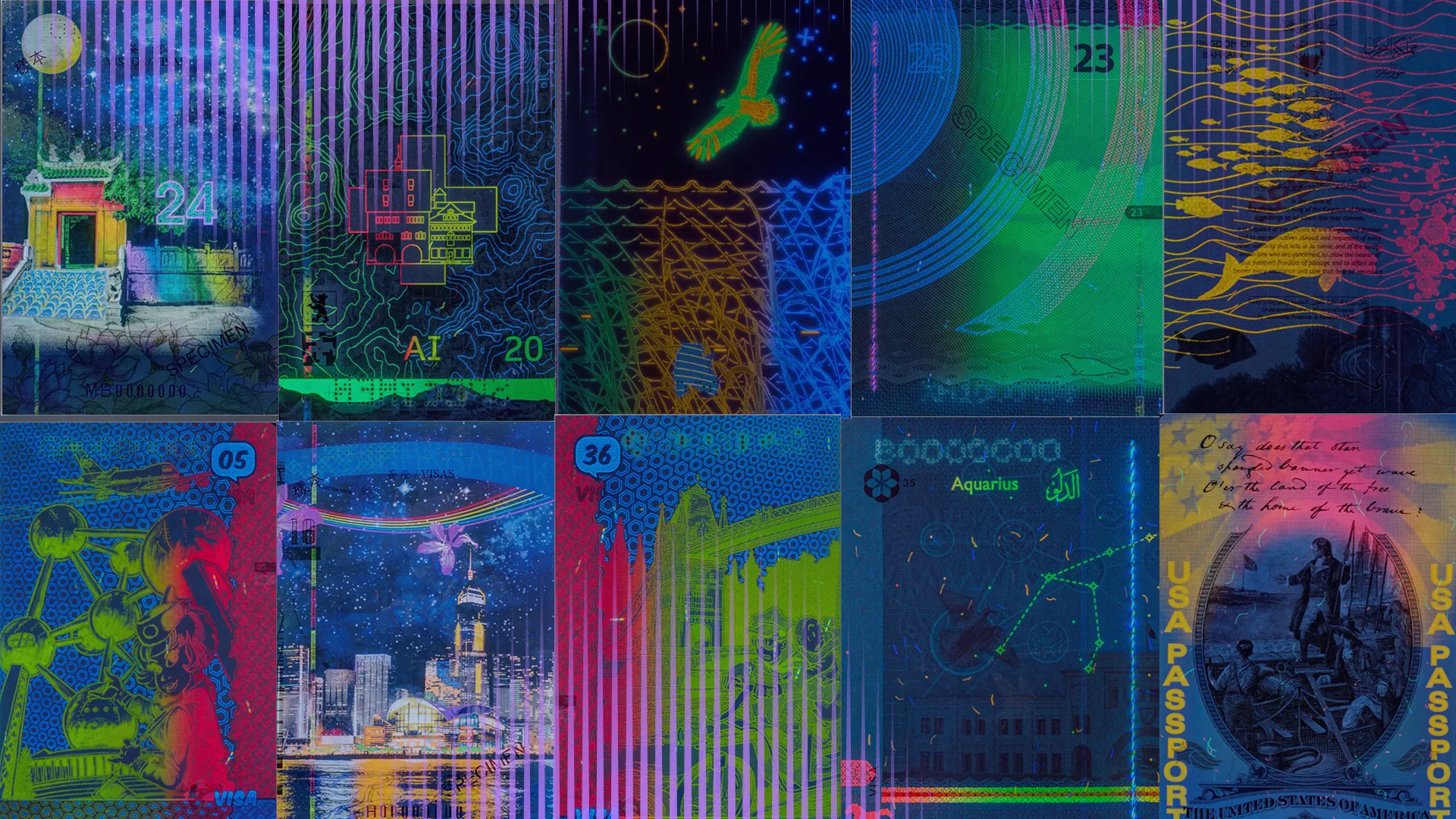Updated April 22, 2025
Verifying identity documents based on non-Latin alphabets is a tricky task in itself. However, Japanese national ID cards, passports, and driver’s licenses may provide you with even more riddles to solve.
In this blog post, we’ll highlight all the specifics of checking Japanese identity documents.
The challenges of processing IDs in Japan
Japan is all about tech-savviness and meeting requirements. Indeed, Japanese identity documents are keeping up with the current pace.
For instance, the country is among the pioneers in adopting electronic travel documents with NFC-enabled chips. They have been issuing biometric passports since March 20th, 2006—the very same year the corresponding ICAO standard was rolled out.
Meanwhile, Japan has a rich cultural heritage of an isolated society with plenty of traditions. That adds a specific touch to everything which is Japanese in origin, and their identity documents are no exception.
Let’s look at them in detail.
Subscribe to receive a bi-weekly blog digest from Regula
Three writing systems to recognize
Many people use the term “Japanese hieroglyphics” to refer to written Japanese, but it’s actually three distinct writing systems: hiragana, katakana, and kanji.
Both hiragana and katakana mostly comprise syllables, not individual letters. These are two ways to represent the same set of 46 sounds. While the hiragana system is used in native Japanese words, katakana is for words borrowed from other languages.
Also, Japanese people use diacritic symbols—dakuten and handakuten—in conjunction with hiragana and katakana characters, respectively. They change the initial syllable a bit: for example, they convert し(“shi”) into じ (“ji”).
.webp)
A Japanese certificate of alien registration contains handakuten symbols in the address field. By the way, this document is now replaced by a resident card.
The kanji system represents whole words and numbers. There are now over 6,000 kanji characters in Japanese. Apart from regular nouns and verbs, many Japanese personal and place names are written in kanji, e.g., Tokyo (東京).
In this writing system, the hieroglyphics are mixed with hiragana and katakana characters that may specify the pronunciation of a particular kanji character, as well as indicate grammatical particles and inflectional endings.
Therefore, you can see all three writing systems in Japanese domestic identity documents. Since hiragana and katakana characters may also contain diacritic symbols, recognizing the personal data page of a Japanese ID may be a daunting task for an OCR engine.
To simplify the process, the Unicode Standard includes two versions of each Japanese syllable as separate glyphs. For instance, the katakana characters コ and ゴ are coded as 30B3 and 30B4, respectively. That means an OCR engine that supports all three Japanese writing systems can easily crack this nut.
No gaps between words
In addition, the software must be able to read the context since there are no gaps between Japanese words.
For example, the four characters in the first line of a driver’s license contain the last name and first name. Typically, native Japanese names are short, as they usually include only 3-4 characters. Identity documents of foreigners or Japanese people with foreign names issued in Japan usually require more space in this field.
Two passport series in circulation
Japanese passports used as travel documents contain personal data in English only. Still, it’s important to verify that field names in Japanese are correct.
There’s another important detail: two valid Japanese passport series are currently in circulation—issued in 2020 and 2025. They differ in both design and security features.
.webp)
The newer Japanese passport series added to Regula’s document template database includes upgraded security features and a refreshed background design.
Let’s look at what’s the same. Both are biometric. While the earlier version placed the chip on page 17 or 27 (the 2020 series includes 38- and 54-page formats), the 2025 Japanese passport moves it to the data page.
The layout is also consistent: the fonts, field structure, and machine-readable zone (MRZ) all remain unchanged.
What’s new in the 2025 edition? A Multiple Laser Image (MLI) that displays the holder’s ghost portrait and date of birth depending on the viewing angle. By the way, this security feature is quite common in many recently updated passports. Another upgrade is the polycarbonate data page, which replaces laminated paper.
The main portrait is now black and white, and is produced using a different printing technique. It’s supported by two ghost images—one in black and white within the MLI, and another in color on page three.
The Era calendar
Although Japanese people know the Gregorian Calendar, the country uses the Japanese Era Calendar in everyday life. In this traditional calendar scheme, the annals begin with the first year of the reign of the current Emperor.
The Japanese identity documents—primarily national ID cards and driver’s licenses—that are now in circulation cover three Imperial eras: Showa (1926–1989), Heisei (1989–2019), and Reiwa (2019–current). Here is what it looks like in the Japanese writing system: 昭和 (Showa), 平成 (Heisei), and 令和 (Reiwa).
As a quick example, according to the Era Calendar, all people born in 1991 came into being in Heisei 3. In the date of birth field, however, you generally find the era name in kanji followed by the year—平成3. Sometimes, there may also be a Latin abbreviation, such as H3.
Each era covers a particular number of years. This means you can’t find 昭和65 or 平成32 in genuine documents, since the Showa and Heisei periods include 64 and 31 years, respectively. The Reiwa range for today is 令和1-5.

Japanese identity documents may include dates from different Imperial eras. For instance, there are two in this sample: 昭和40 (1965) as the year of birth, 平成22 (2010) as the year of issue of the card, and 平成25 (2013) as the expiration year of the document.
Despite the uniqueness of the calendar, the date format applied in Japanese documents—YY/MM/DD—is aligned with the ISO 8601 standard, which Western countries also use. Additionally, after numbers, Japanese characters follow: 年 (“year”), 月(“month”), and 日 (“day”).
The identity verification solution you choose for document checks should also know about this peculiarity. Regula Document Reader SDK converts Japanese Era calendar dates into Gregorian format to check if the document has expired.
Driver’s licenses tailored to the driving skills
Being a nation committed to order, Japanese people tend to be upright citizens. This national trait is reflected in driver's licenses.
All three types—a learner driver's permit, a class one license for most drivers, and a class two license for commercial drivers—have the same contents and template. However, there are different background colors for the expiration date field.
While all new drivers get the card with a green stripe, normal ones have a blue background. Good drivers who have had no violations or accidents within the past five years can obtain a gold-striped document. Additionally, there is a “Superior” note at the left of the document number.
.webp)
Drivers in Japan can change their licenses depending on their skills. Starting with a green-striped document as novices, they can later get a blue-striped one, and eventually achieve a gold-striped document that only superior drivers can obtain.
The reverse side of the document is also noteworthy. Here is where amendments, such as a change of address, can be recorded.
.webp)
Inspectors can add amendments on the reverse side of a Japanese driver’s license.
How to effectively process Japanese documents
Wrapping up, there are three points to consider when checking Japanese IDs.
First, your solution should recognize all the intricacies of the Japanese writing systems and understand the context. Second, converting the Era Calendar into the Western version is a must in the verification flow. Third, you need advanced software or hardware to verify Japanese identities, since they include biometric components.
A comprehensive document template database can be a benefit as well. For instance, the Regula library contains 41 types of Japanese documents.
Stay tuned for new posts in this series!





